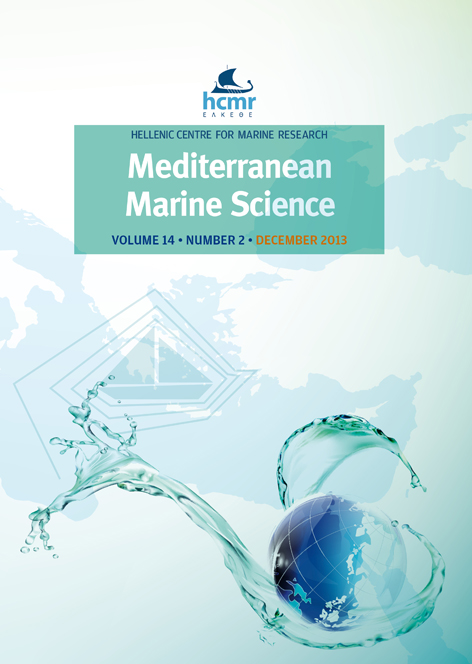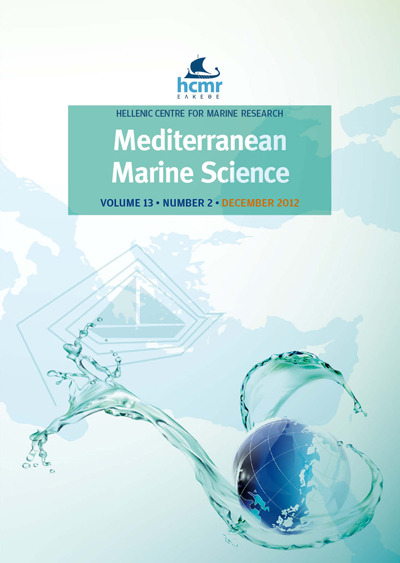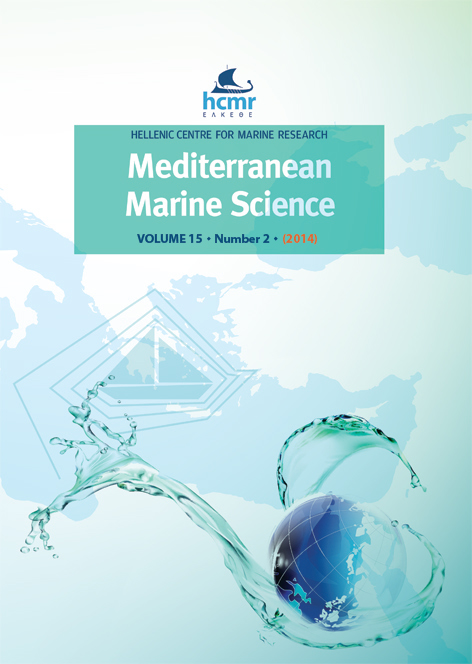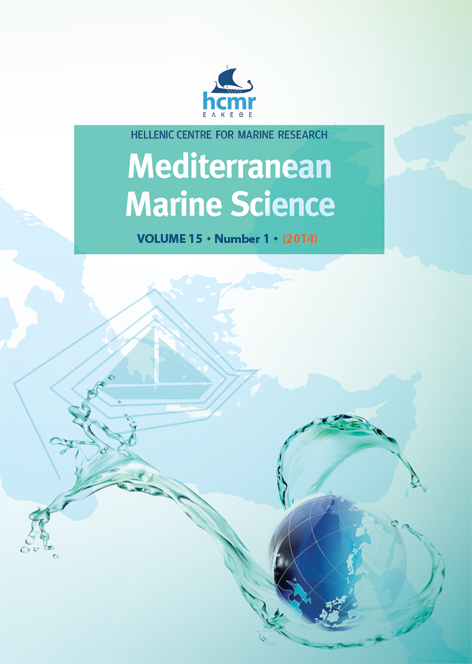Flowering of the seagrass Posidonia oceanica in NW Mediterranean: is there a link with solar activity?
Аннотация
Time series on the leaf biometry and rhizome production of the endemic Mediterranean seagrass Posidonia oceanica (L.) Delile were investigated in a meadow of the Ligurian Sea (NW Mediterranean) in order to assess changes in the plant growth during a massive flowering event occurred in 2003, in coincidence with the warmest summer temperatures recorded in the last centuries. P. oceanica exhibited the highest values of leaf surface area during the flowering year and the highest values of rhizome production in the previous year. The years immediately following the flowering event were characterized by a decrease in both parameters. Comparison of the years of massive flowering events reported in the literature at the whole Mediterranean-wide spatial scale with the historical series (spanning the last 50 years) of the air temperature and of the sunspot number suggested that intense solar activity, and not warmer temperature per se, was likely to be the main trigger of massive flowering events in Posidonia oceanica.
Article Details
- Как цитировать
-
MONTEFALCONE, M., GIOVANNETTI, E., MORRI, C., PEIRANO, A., & BIANCHI, C. N. (2013). Flowering of the seagrass Posidonia oceanica in NW Mediterranean: is there a link with solar activity?. Mediterranean Marine Science, 14(2), 416–423. https://doi.org/10.12681/mms.529
- Выпуск
- Vol 14, No 2 (2013)
- Раздел
- Research Article
Authors who publish with this journal agree to the following terms:
- Authors retain copyright and grant the journal right of first publication with the work simultaneously licensed under a Creative Commons Attribution Non-Commercial License that allows others to share the work with an acknowledgement of the work's authorship and initial publication in this journal.
- Authors are able to enter into separate, additional contractual arrangements for the non-exclusive distribution of the journal's published version of the work (e.g. post it to an institutional repository or publish it in a book), with an acknowledgement of its initial publication in this journal.
- Authors are permitted and encouraged to post their work online (preferably in institutional repositories or on their website) prior to and during the submission process, as it can lead to productive exchanges, as well as earlier and greater citation of published work (See The Effect of Open Access).










